So now I am placed in the position of a doubter? You wound me sir!

I was merely pointing out the treasure we seek would have come from a Jesuit mine, and how to identify same.
I think it about 85 certain that Jesuit treasures do exist, that the people suggesting the Jesuit Priests who knew of the location of these treasures died while being forced back to Spain are correct, and that all of the points you posted above are accepted by me.
Here is what worries me though: so many have been searching for so long, and not very much to show for all that but a cache here and there of modest value all things considered. The rest is shrouded beyond our view, by destroyed records, by secret finds no one ever hears about, and by abuse of governmental authority for personal gain. What chance do we have I wonder, of ever hitting the "Big One"?
Some may come from a Jesuit mine- but if we are to judge by their history, they used all kinds of hiding places.
If I may ask: why 85%? Why not 100%? The founder of the Jesuit organization placed a big emphasis on a well-adorned church, and it's not unreasonable to assume that a great deal, if not all, of the succeeding Jesuits attempted to carry out this vision, and as I pointed out, they had many means to do so, including importing what we would call "treasure", commissioning "treasure" to be made (statues, et al), or simply digging it out of the ground. They also most certainly had the opportunity to make this happen, in the Pimeria Alta for example, with a very sophisticated and well-organized mission trade system, and one that was so efficient they could use it as leverage to keep everyone on the frontier, in their places. This same trade system probably transported quite a bit of "treasure" clandestinely.
And as for the "big one," I am pretty sure there have been quite a number of "big ones" that simply weren't a matter of public record or otherwise documented because the finders themselves didn't care for publicity, or the find itself was downright illegal.
To go back to the southwest: considering the enormous amount of "art" they imported or otherwise commissioned over the years, and considering how much time they had to dig out of what was then virgin (i.e.,
unmined) ground, it is not altogether unrealistic to consider that an enormous amount still remains hidden, especially considering that by the time the expulsion was fully underway, the Spanish found the "cupboards to be bare" so to speak.
And as far as "hitting the big one," while that has most certainly happened a few times over the centuries, I think what we are all hoping for is that the next "big one" will be well documented and publicized, and made a matter of public record.
I think the chances of that happening is pretty good.



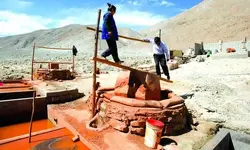
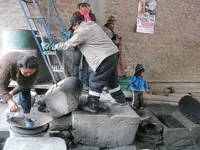

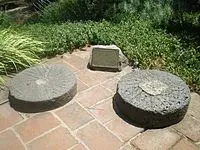


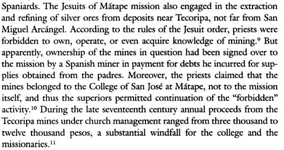
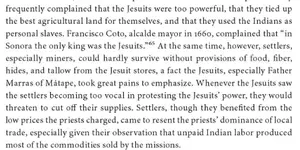

 I was merely pointing out the treasure we seek would have come from a Jesuit mine, and how to identify same.
I was merely pointing out the treasure we seek would have come from a Jesuit mine, and how to identify same.